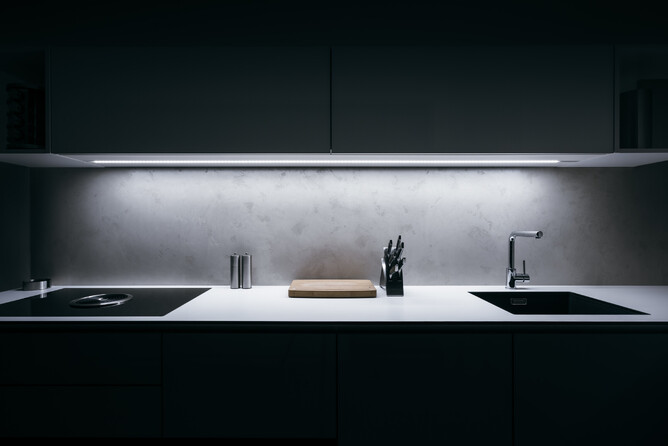Light Emitting Diodes, commonly known as LEDs, are the preferred choice for lighting in homes, offices, and public places. LEDs are a type of semiconductor that produces light when an electric current passes through it. Unlike traditional incandescent bulbs, LEDs consume less energy, emit less heat, and have a longer lifespan. They are also environmentally friendly and can be used in a wide range of applications, from street lights to car headlights to digital displays.
One of the most significant advantages of LED lights is their energy efficiency. Traditional bulbs emit light by heating a filament, which consumes a lot of energy and produces heat. LEDs, on the other hand, do not require a filament and instead convert electricity directly into light. As a result, they consume up to 80% less energy than traditional bulbs, making them much more cost-effective.
LEDs are also much longer-lasting than traditional bulbs. While a typical incandescent bulb lasts only around 1,000 hours, an LED can last for up to 50,000 hours or more. This makes them a more sustainable and cost-effective option, as they need to be replaced less frequently.
In addition to their energy efficiency and longevity, LEDs are also highly versatile. They come in a wide range of colors and can be used in various applications, including outdoor lighting, interior lighting, automotive lighting, and even in digital displays. They are also highly durable and resistant to damage from shock, vibration, and temperature changes, making them ideal for use in harsh environments.
Another benefit of LED lights is their environmental friendliness. Unlike traditional bulbs, which contain toxic materials like mercury, LEDs are free from harmful substances and can be easily recycled. Additionally, their energy efficiency reduces the demand for power generation, which helps to reduce greenhouse gas emissions and combat climate change.
In conclusion, LED lights offer a range of advantages over traditional bulbs, including energy efficiency, longevity, versatility, durability, and environmental friendliness. As more people become aware of these benefits, it is likely that LEDs will become even more popular in the coming years, leading to a brighter, more sustainable future for all.

